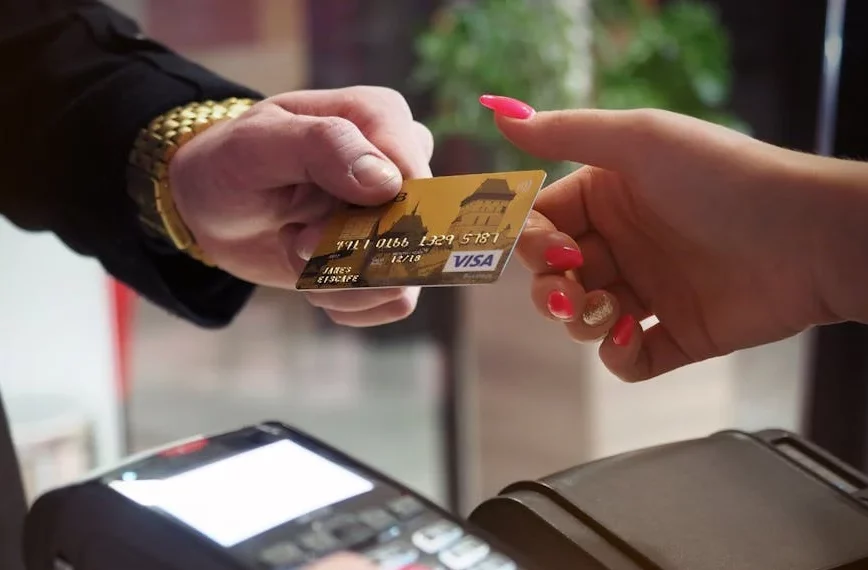With the many ways to pay and receive online payments, your customers might prefer the convenience of payment links, the security of ACH, or the speed of digital wallets. As a business owner, staying ahead in the digital age means understanding and offering a variety of secure payment methods.
What Is Surcharging?
Surcharging is a practice where businesses add a small fee to a customer’s total when they choose to pay with a credit card. This fee helps to offset the processing costs associated with credit card transactions. Rather than absorbing the cost, businesses can pass it to the customer. The surcharge amount typically ranges from 1.5% to 3%, depending on local regulations and processor terms
Key Takeaways
- Multiple payment methods are key: Customers prefer different ways to pay online. Businesses should offer a variety of secure options including credit cards, digital wallets, ACH transfers, and payment links.
- Each method has its advantages: Consider the pros and cons of each method. Credit cards are widely accepted but have higher fees. Digital wallets are convenient and secure. ACH transfers are cheaper but slower. Payment links streamline invoicing.
- Choose based on your business: The best payment methods depend on your business model. E-commerce stores need credit cards. Subscription services might prefer ACH or digital wallets. Freelancers can benefit from payment links.
Ways to accept payments online
So, how can you make sure your business is set up to receive online payments? Let’s explore some popular methods:
1. Online Payment Service Providers (OPSPs)
OPSPs are like the middlemen of online transactions. They securely process payments made with credit cards, debit cards, and sometimes even digital wallets.
- How it works: You sign up with a service provider. They’ll provide you with a secure way to integrate their payment gateway into your website or app. Customers can then enter their card details seamlessly during checkout.
- Advantages: Easy to set up, widely accepted by customers, and offers fraud protection.
- Recommended for: Pretty much any business – from e-commerce stores to subscription services.
2. Digital Wallets and Mobile Payments
Mobile wallets are exploding in popularity. These handy apps store your card information securely, allowing for speedy checkouts with just a tap or a click.
- How it works: Customers with compatible devices can use their digital wallets during checkout. The payment information is securely transmitted without needing to manually enter card details.
- Advantages: Carry fewer cards by storing everything from credit cards to loyalty programs in one secure digital location on your phone. Enhanced security features like encryption and fingerprint recognition, reducing the risk of fraud compared to traditional wallets. Make faster purchases by simply tapping your phone to pay, eliminating the need to swipe cards or fumble for cash.
- Recommended for: Businesses with mobile apps or websites optimized for mobile payments.
ACH, or Automated Clearing House, transfers are a way to move money electronically between bank accounts. They’re essentially electronic versions of checks.
- What are they?: An ACH transfer debits the customer’s bank account and credits yours, all done electronically. Check this blog to learn more: Automated Clearing House (ACH) – What is it and how does it work?
- Advantages: Typically come with lower transaction fees compared to credit cards.
- Recommended for: Businesses that deal in recurring payments or invoices, such as subscription services or B2B transactions.
4. Payment Links and Click-to-Pay Invoices
This method involves sending invoices to your customers electronically, with a handy “pay now” button linked directly to a secure payment gateway.
- How it works: You create and send an invoice through an invoicing platform or accounting software. These platforms often integrate with popular payment processors, allowing customers to pay instantly through the invoice itself.
- Advantages: Streamlines the payment process for service-based businesses and freelancers by eliminating the need for manually entering invoice information, saving both you and your customer time; allowing customers to pay from anywhere with an internet connection, increasing the flexibility and convenience of the payment process; automating reminders and notifications, ensuring faster invoice payments and improve your cash flow.
- Recommended for: Service-based businesses, freelancers, and anyone who sends invoices regularly.
The Perfect Fit: Choosing the Right Option for You
The best way to accept payments online depends on your specific business needs. Consider factors like the type of products or services you offer, and your target audience.Conclusion
By offering a variety of secure and convenient online payment options, you’re not just making things easier for your customers – you’re opening doors to increased sales. Remember, a happy customer is a returning customer!
We are here to help
- Schedule a Call: Book an Appointment
- Send us an Email: support@epayment.one
- Speak to a Specialist: 801-931-0111
Sources
- National Automated Clearing House Association (NACHA): https://www.nacha.org/
- Forbes https://www.forbes.com/
- NerdWallet https://www.nerdwallet.com/best/small-business/online-payment-processing-services
- HubSpot https://knowledge.hubspot.com/payments/set-up-payments
- Small Business Administration (SBA) https://www.sba.gov/





